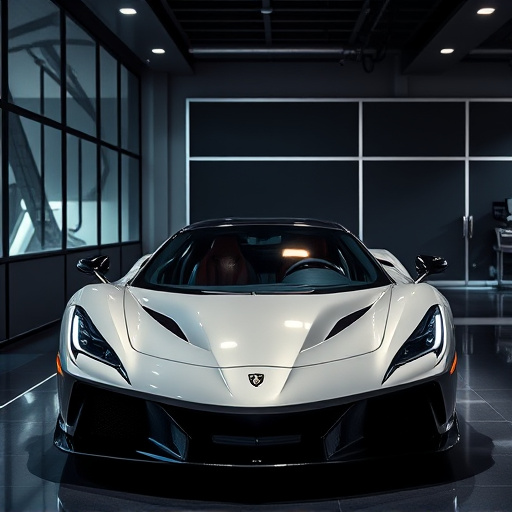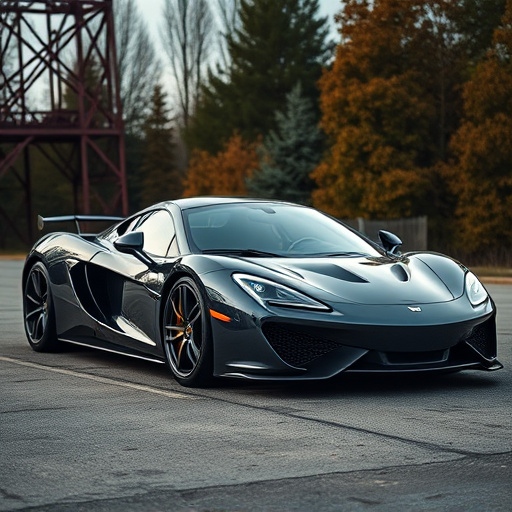When evaluating air intake systems, don't just focus on initial cost. Consider long-term benefits like improved performance, durability, and efficiency that lead to reduced operational costs and increased vehicle resale value. Compare systems based on their operational costs, maintenance needs, and gains in airflow, fuel efficiency, or engine protection. Premium systems, though more expensive upfront, offer superior durability and performance, ultimately providing better value for vehicles.
In today’s market, making informed decisions about automotive upgrades is crucial. This article delves into the long-term value considerations of air intake systems, beyond their initial cost. We explore how durability and reliability impact overall value through case studies comparing high-quality and low-cost options. A comprehensive analysis provides an in-depth look at price comparisons, brand performance, and consumer feedback. Additionally, we highlight sustainable practices that enhance both environmental impact and engine performance over time, ultimately guiding readers toward intelligent investments with potential long-term savings.
- Understanding Long-Term Value: Beyond Initial Cost
- – The impact of durability and reliability on long-term value
- – Case studies: High-quality vs. low-cost air intake systems
Understanding Long-Term Value: Beyond Initial Cost

When considering long-term value, especially in the context of an air intake system, it’s crucial to look beyond the initial price tag. While cost is a significant factor, it’s not the sole determinant of a system’s overall value over time. An air intake system that offers superior performance, durability, and efficiency can justify a higher upfront investment by delivering sustained benefits throughout its lifespan.
Comparing prices among different systems becomes more meaningful when you factor in long-term operational costs, maintenance requirements, and potential performance gains. A more expensive system might provide better airflow, improved fuel efficiency, reduced maintenance needs, or enhanced engine protection—all of which contribute to a higher return on investment over the years. This value proposition is particularly relevant for enthusiasts and vehicle owners aiming to maximize their ride’s potential without compromising reliability.
– The impact of durability and reliability on long-term value

In the automotive industry, long-term value is significantly influenced by the durability and reliability of a vehicle’s components. When considering the air intake system—a critical part that ensures efficient engine performance—durability plays a pivotal role. A high-quality, durable air intake system not only enhances fuel efficiency and power but also ensures longevity, reducing the need for frequent replacements or costly repairs. This factor is crucial in maintaining the overall value of a vehicle over time, as it minimizes unexpected expenses for owners.
Reliability goes hand in hand with durability. A reliable air intake system operates efficiently without frequent maintenance interruptions, ensuring consistent engine performance. This reliability contributes to better resale value since vehicles with well-maintained and less problematic components are more attractive to potential buyers. When comparing prices across different models, the long-term value proposition becomes evident—an air intake system that offers durability and reliability can sometimes be a better investment despite an initial higher price tag.
– Case studies: High-quality vs. low-cost air intake systems

When evaluating long-term value, a compelling case study involves contrasting high-quality and low-cost air intake systems. While the latter might initially appeal due to their lower price point, a deeper dive reveals a different picture. Over time, cheaper systems often exhibit higher failure rates, leading to frequent replacements and increased maintenance costs—a hidden expense that can significantly erode savings.
In contrast, premium air intake systems demonstrate superior durability and performance, offering a more reliable solution. Though the upfront cost may be higher, their longevity translates into lower long-term ownership expenses. Case in point: studies show that high-quality systems often pay for themselves within a few years through reduced maintenance and replacement costs, ultimately providing better value over the lifespan of a vehicle.
When considering the long-term value of an air intake system, it’s clear that price isn’t the sole determinant. Factors like durability and reliability play a significant role in ensuring a high return on investment. By comparing different air intake systems, from high-quality to budget options, we can see how initial costs can be outweighed by long-term performance. In the end, choosing a durable, reliable system isn’t just about saving money; it’s an investment in the overall health and performance of your vehicle for years to come.














